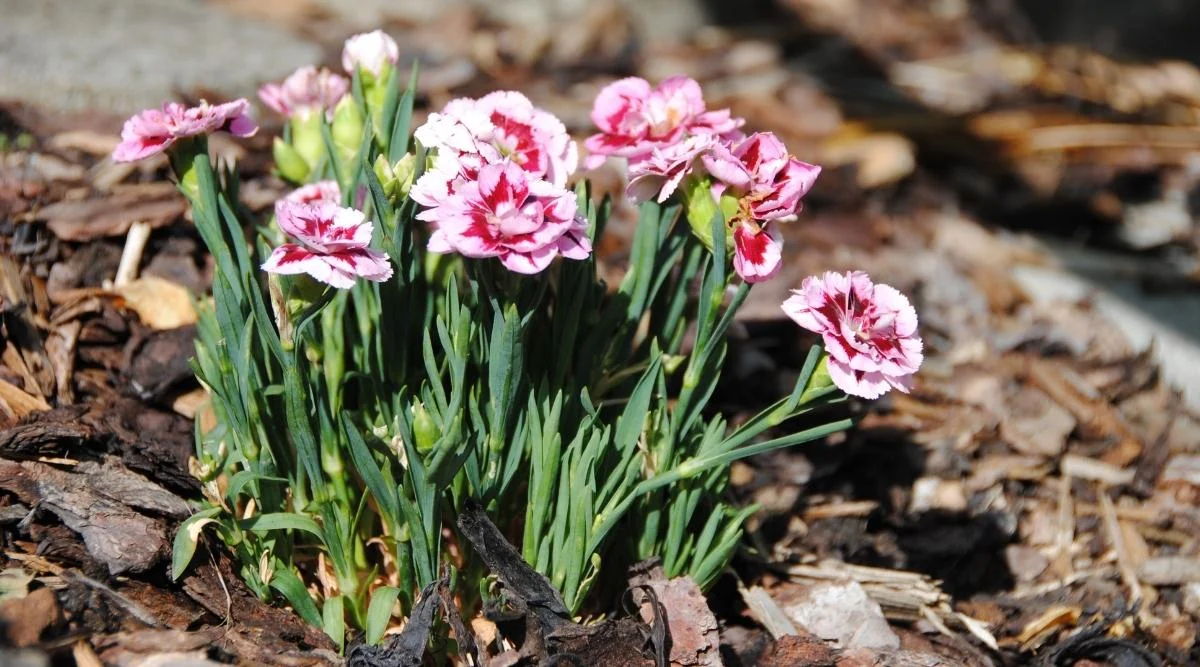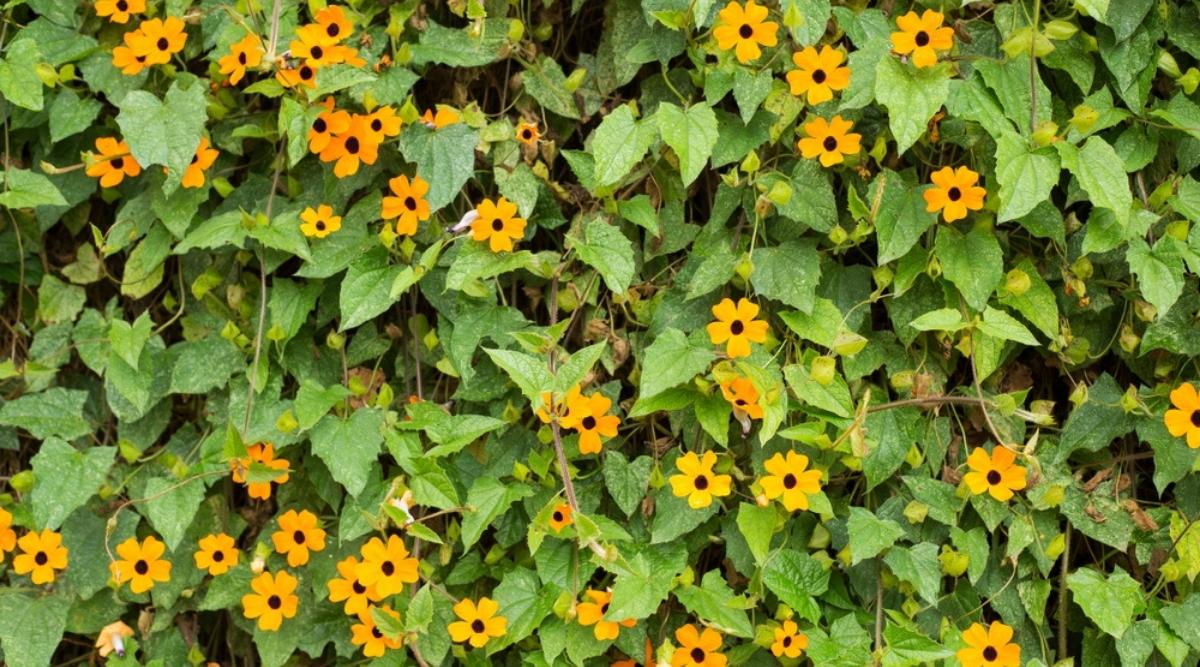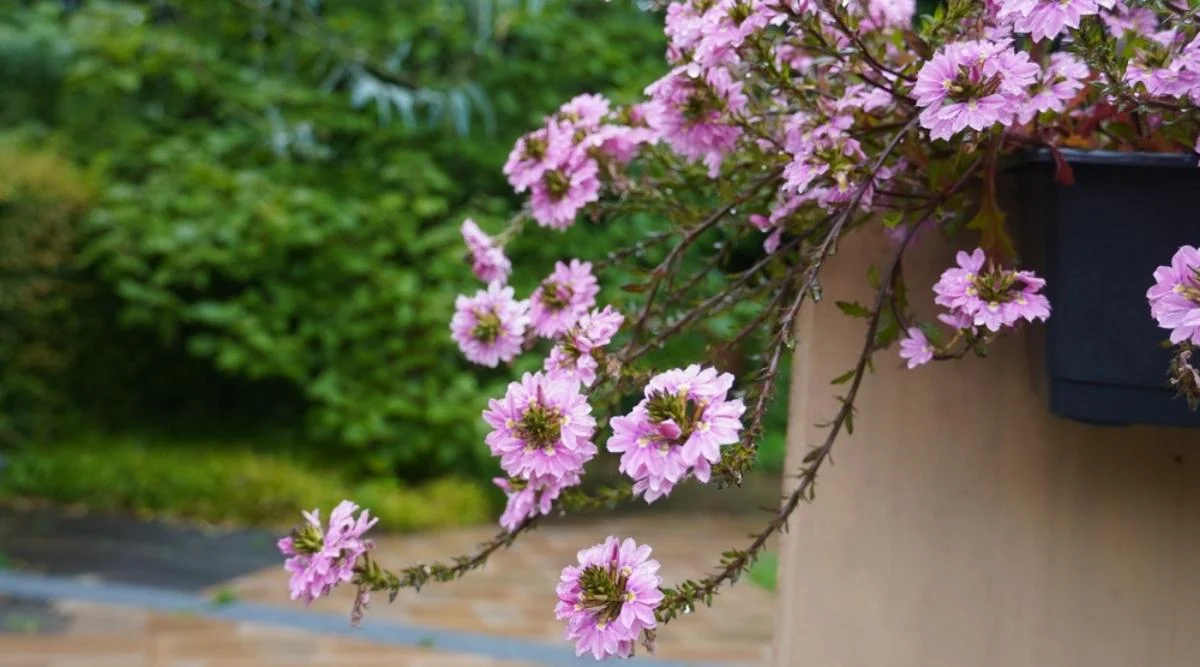
Carnation: The Timeless Symbol of Love and Affection
mikephilipsforcongress.com – The Carnation (Dianthus caryophyllus) is one of the most beloved and widely cultivated flowers in the world, known for its delicate, ruffled petals and a wide range of vibrant colors. With a rich history dating back over 2,000 years, carnations have been symbols of love, fascination, and distinction in many cultures. Their long-lasting blooms and sweet, clove-like fragrance make them a popular choice for floral arrangements, bouquets, and gardens alike.
Botanical Description
Carnations are herbaceous perennials that belong to the Caryophyllaceae family. They grow to a height of 1 to 3 feet, depending on the variety, and produce long, sturdy stems topped with large, double-petaled blooms. The flowers range in size from 1.5 to 3 inches in diameter and come in a variety of colors, including red, pink, white, yellow, orange, and purple. Some varieties even feature multi-colored or striped petals.
The carnation’s leaves are narrow, grey-green, or blue-green in color, adding an attractive contrast to the vibrant blossoms. These flowers are known for their durability and long vase life, making them a popular choice for both cut flowers and potted plants.
Habitat and Growth Conditions
Carnations thrive in mild climates and prefer well-drained, fertile soil with a slightly alkaline pH. They do best in full sun but can tolerate partial shade. Carnations are hardy in USDA zones 6 to 9, though in colder climates, they are often grown as annuals or protected during the winter months.
These flowers are relatively drought-tolerant once established but benefit from regular watering, especially during dry periods. Proper air circulation and well-drained soil are essential to prevent root rot and other fungal diseases. Mulching around the plants can help retain moisture and suppress weeds.
Types of Carnations
There are three main types of carnations grown for their ornamental value:
- Standard Carnations – These are the large, single-flowered carnations commonly seen in florists. They are often used in bouquets and floral arrangements due to their large blooms and long, sturdy stems.
- Spray Carnations (Mini Carnations) – Spray carnations produce clusters of smaller flowers on each stem, making them a popular choice for adding volume to bouquets and garden borders.
- Dwarf Carnations – These are shorter varieties of carnations that are ideal for garden beds, containers, or edging in landscape design. They tend to bloom profusely and are more compact in size.
Symbolism and Cultural Significance
Carnations have a long history of symbolism and cultural significance. In ancient Greece and Rome, they were used in ceremonial crowns and garlands, symbolizing admiration and love. Today, carnations continue to be associated with various meanings depending on their color:
- Red Carnations symbolize deep love, admiration, and affection.
- Pink Carnations are often associated with motherly love and gratitude.
- White Carnations symbolize purity, innocence, and luck.
- Yellow Carnations are traditionally associated with disappointment or rejection.
- Purple Carnations represent capriciousness or unpredictability.
Carnations are also the official flower of Mother’s Day and are often worn or gifted to celebrate this occasion. In addition, they are frequently used in weddings, funerals, and other important life events due to their symbolic meanings and long-lasting blooms.
Cultivation and Care
Growing carnations is relatively simple, making them a favorite among both novice and experienced gardeners. They can be grown from seeds, cuttings, or nursery plants. When planting carnations, space them about 12 inches apart to allow for proper air circulation and healthy growth.
Water the plants deeply but infrequently, allowing the soil to dry out between waterings. Overwatering can lead to root rot and other fungal issues. Fertilize the plants with a balanced fertilizer every 4 to 6 weeks during the growing season to promote lush foliage and abundant blooms.
Deadheading spent flowers will encourage the plant to produce more blooms throughout the growing season. Carnations can also be pinched back to encourage bushier growth and prevent them from becoming leggy.
Ornamental Uses
Carnations are widely used in both garden design and floral arrangements. In gardens, they can be planted in borders, rock gardens, or containers, where their vibrant colors and fragrant blooms add visual appeal. Dwarf varieties are especially suited for container gardens or as edging plants in beds.
In floral arrangements, carnations are prized for their long vase life, strong stems, and wide range of colors. They are often used in mixed bouquets, boutonnieres, corsages, and centerpieces for weddings and other special occasions. Their frilled petals and sweet fragrance make them a popular choice for any floral display.
Conclusion
The Carnation is a classic flower that has stood the test of time, admired for its beauty, versatility, and rich symbolism. Whether grown in a garden or used in a bouquet, carnations bring a sense of elegance and meaning to any setting. With their vibrant colors, delicate fragrance, and long-lasting blooms, carnations continue to be a favorite among flower enthusiasts and gardeners alike.


